Are you planning to launch a new business, starting an e-commerce business can be felt overwhelming and stressful? So, learn these procedures to make it easier.
There are different types of businesses that most people are doing these days. Like other businesses, learning how to start an e-commerce business is a bit strategic and streamlined?
It starts with a proper plan, goal setting, preparing, developing, and launching an online store. Further extends to monitoring the outcomes and tweaking necessary areas.
Therefore, if you are planning to start a business this year, I strongly recommend Ecommerce Business. After all, you need to construct a brick-and-mortar store.
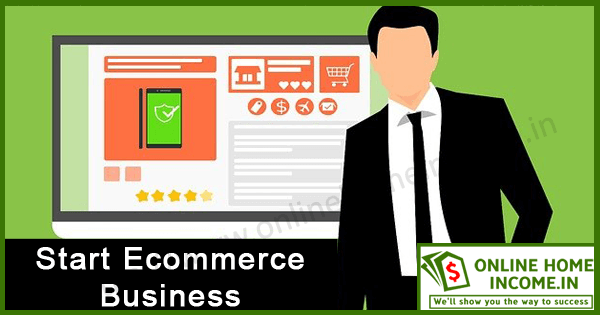
Instead, you can perform similar operations with just an online shopping portal (website). Going online offers greater flexibility, affordability, and new opportunity.
So, in this article, I am going to explain to you how to start an e-commerce business with clear procedures and steps.
Why Start an Ecommerce Business in 2022?
E-commerce is growing and sales are expected to reach $5,695 billion by 2022. Because of that, many people search for new business ideas and learn how to start an E-commerce business today.
The main goal is to create a long-lasting business that can sustain itself and grow. Make sure you pick a creative business name that rings well to get your company to stand out from the competition.
In this article, we will explain the twelve steps of starting an e-commerce business. We will also include the trending business ideas to consider. Read along!
1. Finding and Choosing the Right Product/Service

Finding your niche for a product or service to sell is about choosing the profitable and sustainable ones – especially if this is your first e-commerce business.
Coming up with the right product can be a challenging task but isn’t impossible. With a little effort, selling the right product or service makes the business process more manageable.
In the long run, your brand creates a steady income flow and opens opportunities. Therefore, choose the ones that you enjoy, can scale up, and target the right audience.
Aside from looking for sustainability, match your product or service with personal experience and pain points.
Solving certain pain points is often the unique selling point (USP). Consider the type of goods to sell, physical or digital, and how the production process looks like?
2. Conduct a Small Market Research

Market research gains business-related insights, like the market conditions, audience’s buying power, your competitors, and your pricing system.
The insights from market research act as a guideline to set long-lasting marketing and sales strategies.
It also tells you why the audience will buy your product? The best outcome of the research is getting actionable steps you can apply throughout the business processes.
To do so, start by analyzing the industry to understand its current and future growth. Look at Google’s search results – type in the industry-related keywords and read as many sources as possible.
Your research insights should answer questions like:
- What are the current statistics and trends related to your business?
- Who are your competitors and from which location?
- List their weaknesses that give you new opportunities
- How do consumers behave in your niche look like?
- What does your user journey look like?
- How does your return policy look like?
- What will be your terms and conditions?
Learn from existing online groups or communities to understand the audience. Read online research or pay to services like Google Surveys to help with data.
Preparing all of these insights paves an easier way to fulfill the next steps.
3. Write a Detailed Business Plan

A business plan consists of your short and long-term goals, strategies, objectives, and growth expectations. It helps guide you and sell your business to customers, investors, and partners.
In short, it’s the best way to learn about the company and where it’s going. Consider the process as setting ground rules and a foundation for future decisions.
Therefore, start creating the business plan with essential information, all wrapped up in an executive summary. Point out your USP, goals, and product fulfillment strategies.
Include your marketing and sales plans, like how you plan to promote and price the products? Also, add financial details with the income system, budget allocation, and capital expenditure.
Create a plan with the right business plan template and clear formatting for better understanding.
4. Find Suppliers and Partners

Choosing your supplier or partner is crucial in delivering top-notch products to the customers and automating work processes.
Therefore, pay attention to their reputation before deciding to work together and solve problems. Also, decide how much work needs third-party suppliers.
There are two ways to find suppliers or partners.
- The first one is through signing up on platforms like Alibaba or Redbubble to handle the production and distribution processes.
- The second one is by finding local suppliers to partner with to help with packaging and shipping.

If you’re going for the second option, start by looking at online or referral-based options.
Contact the potential ones, understand how they work, and check their reputation.
Offer them business partnerships, in the short or long term, and see where it aligns with your budgeting.
5. Register Your E-commerce Business
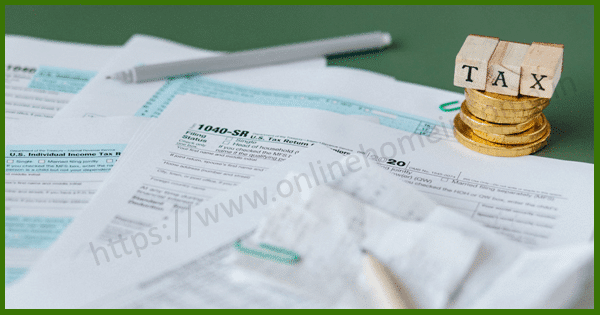
Taking care and settling the legal side of your online business is challenging yet important.
With a registered business, you’ll gain license and branding rights, minimize tax liability, add credibility to customers, and avoid conflicts with partners.
Start by determining the business structure, whether you’ll run the business as a sole owner, with a partner, or turn it into a corporation.
Consider if you’re planning to hire in the long term. Then, register your business name. Also, register with the local tax authorities – including for license and permits.
If you’re running the business from home, get a home occupation permit. Most importantly, check with your local legal office for a better registration process. Open a business bank account for easier and safer transactions.
6. Pick an E-Commerce Platform

Your e-commerce platform will consist of many activities, from product search, purchase, and payment. Therefore, it’s important to find a capable and scalable one.
The right platform also boosts sales conversion, builds customer relationships, and avoids long-term hassle. Consider how fast you plan to grow and the budget for maintaining the platform.
Match it with your objectives. Choose a user-friendly platform, like WordPress with its numerous e-commerce plugins.
Aside from fulfilling the e-commerce activities, consider the platform’s maintenance and upgrade features and pricing.
Ensure that the platform is scalable and capable of handling unexpected traffic surges. Also, consider if your chosen platform is SEO-friendly as it can help boost your online store.
7. Choose the Right Domain Name

As a long-term investment, your domain name works to identify your business website. It’s usually the first thing people learn about the business and helps with page ranking by making the website SEO-friendly.
That’s why choosing the right domain name is a crucial step. To boost branding and SEO with the domain name, include relevant keywords or use brandable names.
Keep it short and use simple letters for easy pronunciation. Most importantly, your name should clearly explain what you’re selling. Have backup names if the domain name is taken.
Check the WHOIS history to see if the domain has a previous owner or not. Additionally, pay attention to your domain structure.
Use subfolders instead of sub-domains as Google reads subfolders as part of a website instead of a new one – therefore increasing overall site authority.
Examples of subfolders are “www.companyname.com/blog” while sub-domains are “blog.companyname.com”.
By choosing subfolders, you’re one step ahead of creating an efficient site structuring, which we will cover in step ten.
8. Customize Your Online Store

After getting your website active, it’s time to customize it. Customizing your online store makes you stand out from competitors – making the website truly yours.
Aside from that, customizing the website helps improve efficiency through the use of good website design.
The customization not only applies to the user interface (UI) and design, but also the user experience (UX) and overall functionality.
To do so, always customize based on your brand’s personality. Add content creation strategy to keep the best elements on the website. Apply UI and UX designs
Focus on the 4P’s of marketing, which consists of product, price, place, and promotion. Doing so boosts your content creation skill and increases ROI.
Moreover, catering to the customer’s needs. Match it based on their online purchasing experience and apply them to the website.
If you’re using a site builder, you can use the e-commerce themes. When the customization is finished, go through the pages and test their user journey.
Remember to set up payment gateways for your customers. The most popular payment method is PayPal, but you can use accounts for bank transfers for the early phase of your online store.
9. Upload Your Products and Content

Start uploading and organizing the product list and content for the website. Follow an effective way to product upload, like using the bulk upload function using Excel or a CSV file.
Make sure to add the right SEO elements through content marketing to your product and content. When uploading products, always add relevant keywords to the product title, description, and tags.
Use high-quality images, add alt text, and compress the image sizes for a fast-loading page. Categorize the products correctly for clearer page indexing by the search engines.
If it helps, create a checklist consisting of every page element, including the logo, headers, and buttons. Answer questions to yourself, like:
- Do all the links work?
- What does the page speed look like?
- Does the landing page have all the necessary information?
- Does the customer sign-up page work?
10. Improve Your Ecommerce Website SEO
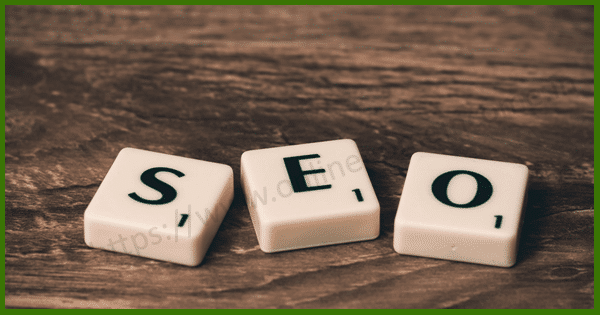
Now that the website has all the essentials, it’s time to improve the website SEO. Because SEO has various strategies, you can start focusing on e-commerce SEO.
As its name implies, all the SEO efforts aim to drive traffic to your online store and its product pages. E-commerce SEO includes keyword research, improving site architecture, link building, local SEO, and technical SEO.
From these practices, you gain organic traffic to the website and rank higher on the search engine results pages (SERP).
Start by going through the page one by one and see what you can improve. Add meta description on each page, optimize your link-building strategies.
Use head and long-tail keywords on each page so that each one becomes first-page SERP potential. Consider web accessibility making sure anyone can use your site easily – including those with disabilities.
Adding accessibility benefits SEO and mobile users. Therefore, it’s a smart way to incorporate SEO into the website.
How you structure your URL also matters. Go for the popular top-level domains, like .com, whenever possible.
In short, your URL should give an idea of what the page content is about. Use tools like Seobility for an SEO check.
11. Publish the Website and Promote Online

Only publish the website when everything is ready. Before publishing, ask for feedback from trusted individuals or even potential customers.
Go through each page and ensure all is working optimally. The next important step after publishing is promoting the website. The fastest way to do it is by creating a social media account.
Promote using the right business tools. Create teasers, add links to your website, and start building customer engagement.
If budget isn’t a problem, promote with Google Ads for better reach. From it, you can gain more leads, brand credibility, and maintain steady site traffic.

Additionally, use newsletter marketing to promote further. Sending out newsletters builds relationships and is an excellent way to promote product updates, announcements, or other product-related information.
Use soft-selling methods whenever possible to maintain interests. In the long term, start collaborating with influencers or potential brand partners for more efficient marketing.
With more partnerships, your brand can gain a more positive reputation, increased trust from existing customers, and open growth opportunities.
Alternatively, you can register on Google My Business and invest in creating a great FAQ page to improve page ranking. These are free methods to help promote your business.
12. Track and Tweak

The final step is about tracking your website performance and tweaking for improvements. Doing so provides a smart way to maintain growth and prevent website issues.
Choose and settle on your Key Performance Indicators (KPI) for better tracking and tweaking.
Tracking website performance requires the right tools that cover all the essential data to understand what works and what doesn’t?

Use Google Analytics to track important metrics, like click rates, average time spent on-page, and bounce rate. As for tweaking, always understand the reason you’re doing it.
Some valid purposes are to gain more customers, improve content clarity, and increase marketing effectiveness. For an easier tweaking process, use the tools that can integrate with your e-commerce platform.
Additionally, tweak the website for mobile users. By doing so, you’re optimizing the whole website through a mobile-first approach.
However, remember that all the changes you’re making shouldn’t disrupt the customer’s shopping experience.
Trending Products and Services to Sell in 2022
Due to the changing time and market needs because of COVID-19, the trending products and services revolve around health and wellness.
However, some industries like retail, home, and personal care, and hobbies or crafts are staying because of the working from home conditions.
You can take opportunities from this by choosing one of the sustainable and always in-demand products.
It’s also important to choose the ones that match your personal interests and solve problems. Among all other factors, customers prefer genuine products with real benefits.
Here are some examples of trending products and services in 2021 that you can consider:
Health and well-being products
- This includes face masks, hand sanitizers, disinfectant spray, and daily vitamins.
- However, consult with your partners when selling health-based products.
- For face masks, try making a DIY design to stand out from competitors.
Clothing
- Besides the regular, daily clothing items, the trending options include loungewear and sportswear.
- Deliver high-quality products with durability to increase brand loyalty.
Beauty Products
- This includes skincare, hair scrunchies, mask straps, and make-up products.
- Consider natural or eco-friendly skincare products as they are a part of skincare trends in 2021.
Lifestyle
- Some of the popular products are water bottles, pet care products, yoga mats, plants, and travel accessories.
- For lifestyle products, consider sustainable and environmental-friendly ones that support the market demand.
Entertainment
Consider selling board games, kids’ toys, or hobby-based and craft products like cross-stitching, woodworking, and home decor.
These support the stay-at-home families during the pandemic.
Home Office Essentials
Read More: 8 Reasons Why Working from Home is Better?
However, consider the materials or distribution to avoid making the wrong investments.
To find and sell the perfect product, use Google Trends, the marketplace’s featured page, YouTube trending videos, or social media hashtags to understand what’s popular. However, it’s still important to understand the difference between “trend” and “fad” to make your business flourish.
Conclusion
Starting an e-commerce business is encouraged for individuals looking for extra income and helping others through products that provide solutions and solve pain points.
Remember that choosing the right product or service determines your business’s success.
Additionally, think and create strategies in both short and long terms.
To start your e-commerce business, follow the twelve steps we’ve covered in the article, which includes:
- Choose a product or service to sell
- Conduct market research
- Write a business plan
- Find suppliers and partners
- Register your business
- Pick an e-commerce platform
- Choose the right domain name
- Customize your online store
- Upload your products and content
- Improve website SEO
- Publish and promote
- Track and tweak
Go through and apply each of them to boost your online store. If you’re worried about budget or resources, it’s okay to start small.
Work on local markets and slowly make your way up. Good luck!


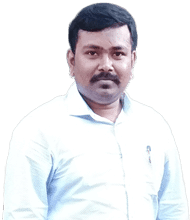

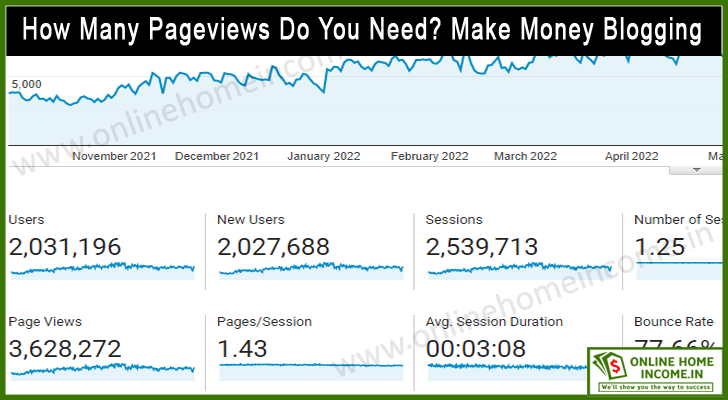
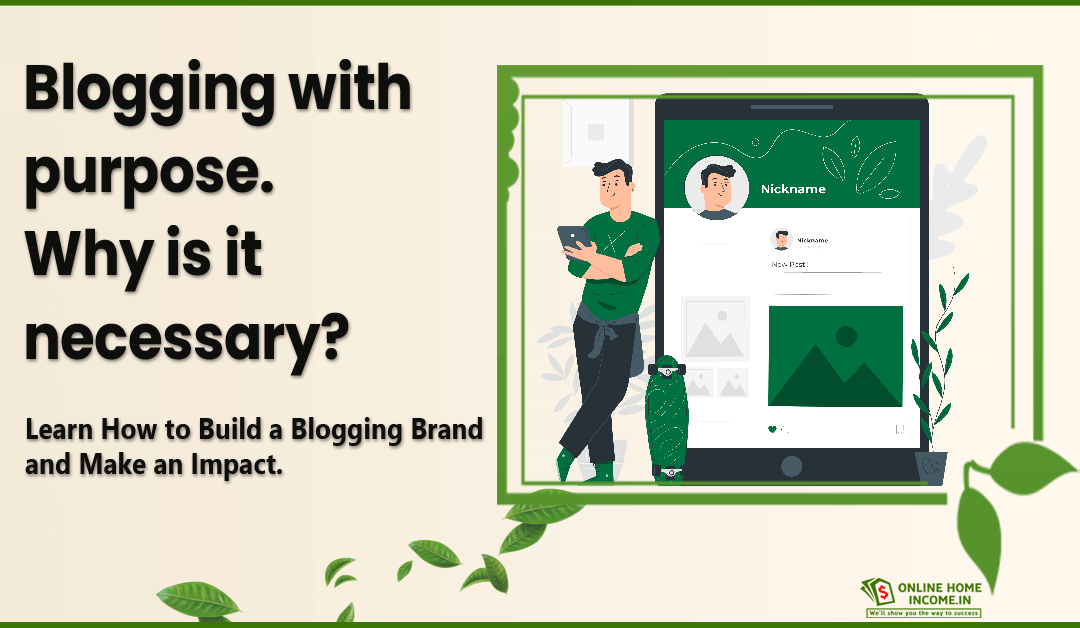
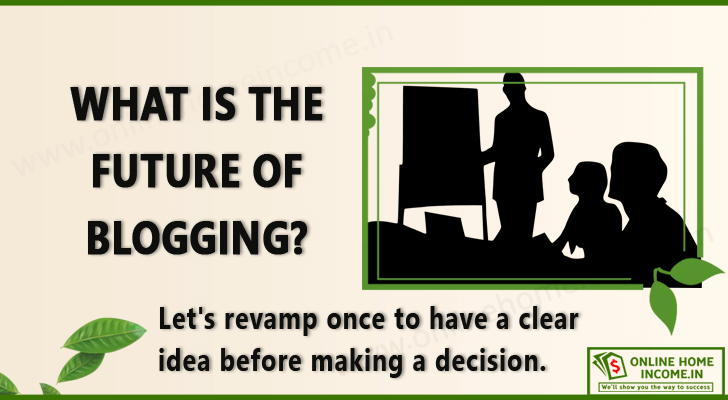
This is a comprehensive article that provides valuable information on how to start an e-commerce business. The information is well-researched and covers important topics such as market research, product selection, website design, and marketing strategies. The tips and suggestions mentioned are practical and can help entrepreneurs get started on the right foot. The emphasis on the importance of a solid business plan and understanding the target market is particularly noteworthy. Overall, a must-read for anyone looking to enter the e-commerce space and build a successful online business.
Thank you for sharing all of the essential information for starting an online business. This post is quite useful and simple to comprehend. I will forward this article to my pals.
This is insightful. Knowing the clear starting procedures lets you pull your resources in a clearer venue and puts you one step closer to starting your e-commerce business. Another important consideration is identifying what platform you choose to launch your products.